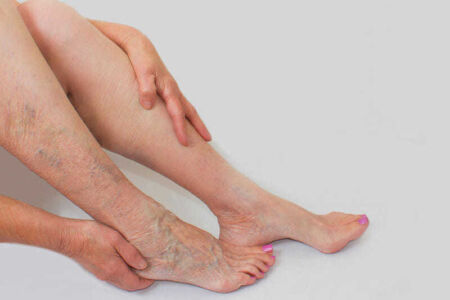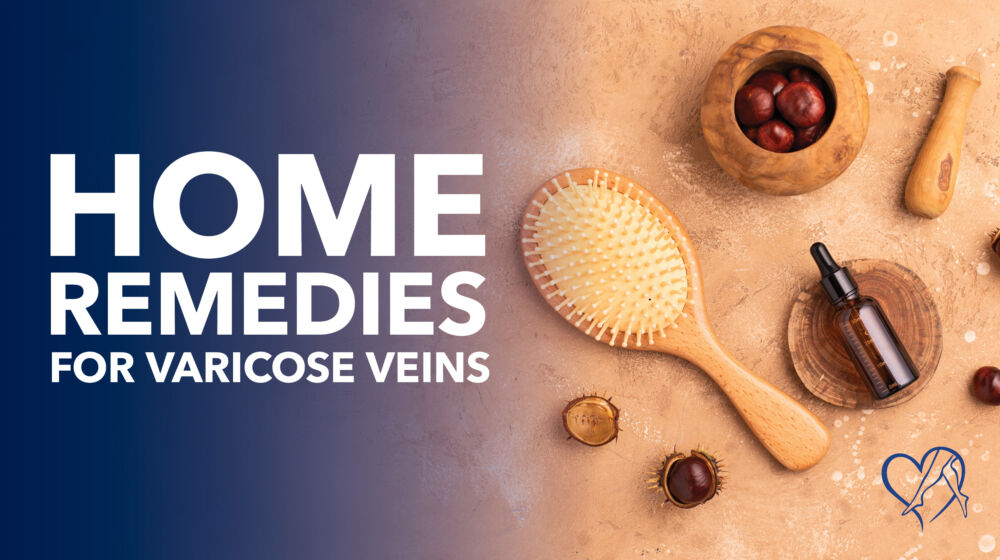Treatment for varicose veins has come a long way with quick, non-invasive procedures that will have you in and out of the office in about 30 minutes.
Many patients – especially those over 60 – mistakenly believe that vein stripping is still the most common way of relieving pain and pressure from varicose veins. Fortunately, as Center for Vein Restoration expert Dr. Keith Nichols explained in a recent news segment, that’s no longer the case. Patients shouldn’t have to spend a night in the hospital to get relief from varicose veins.
Vein stripping procedures have been almost completely replaced by a host of new options that are easier, quicker and much less painful — for both you and your wallet. Like vein stripping, all of these new options close and shut down the diseased vein, which causes your blood to take a different path up your leg toward your heart.
These new procedures are non-surgical and do not require you to go under general anesthesia. Patients can drive themselves, receive the procedure in a half hour or less, and then travel home.
These five popular procedures are the cutting edge of varicose vein care:
With this procedure, your physician inserts a laser fiber into the vein, then heats it up and takes it out. The heat and energy from the laser cause the damaged vein to close up so that blood will no longer flow through it.
This one is very similar to laser ablation except that it uses radio waves to ablate the vein. The energy from the radio waves causes the proteins in the vein wall to constrict, just like shrink wrap on a hair dryer.
Varithena is a thick foam with the consistency of shaving cream that a doctor inserts into the diseased vein, causing it to collapse. The procedure is one kind of foam sclerotherapy, which costs less than surgery, requires no hospital stay and allows a quicker return to normal activities.
The doctor inserts a catheter into the vein to inject a saline solution. Then, the angled tip of the catheter is rotated quickly and painlessly during withdrawal to seal off the vein.
VenaSeal acts like super glue for the body, and it has proven to be revolutionary in repairing skin cells and damaged veins. For this treatment, the physician injects the adhesive into the affected vein, causing it to close up.
Unlike vein stripping, none of these procedures require general anesthesia, so they avoid the side effects and inconveniences that come along with more complicated interventions. These solutions are also quick — taking about 30 minutes to complete — and effective 95%-99% of the time. They don’t require you to fast or stop taking your medications – and you can drive yourself to and from the doctor’s office on the day of the procedure. Plus, they’re almost always covered by Medicare.
The best part is that there’s virtually no downtime. In fact, most patients, especially those who are treated with VenaSeal, are encouraged to resume normal activity same day. But regardless of which procedure you and your doctor choose, you’ll likely be back on your feet in no time.
To learn more about which procedure is right for you, set up an appointment with a vein specialist today. The doctors at the Center for Vein Restoration will meet with you for an initial consultation and then guide you through every step of your procedure and recovery.
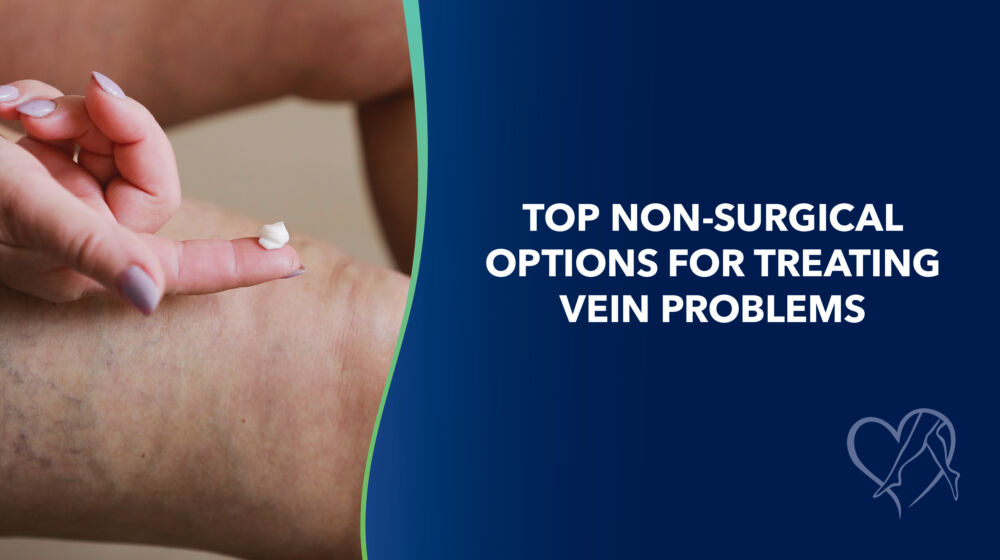
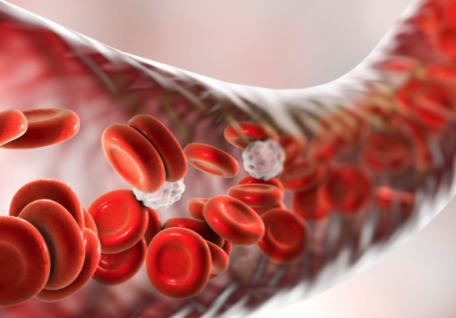 About Vein Disease
About Vein Disease
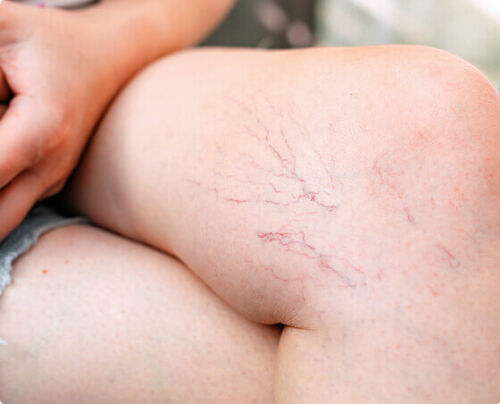 Spider Veins
Spider Veins
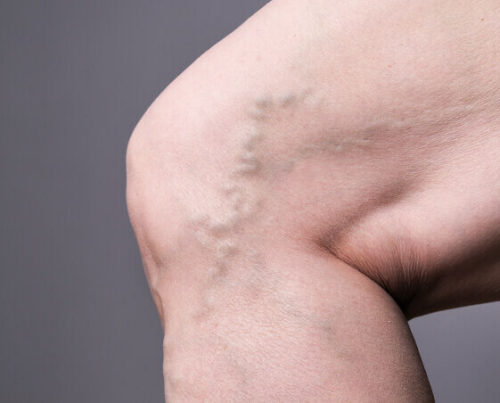 Varicose Veins
Varicose Veins
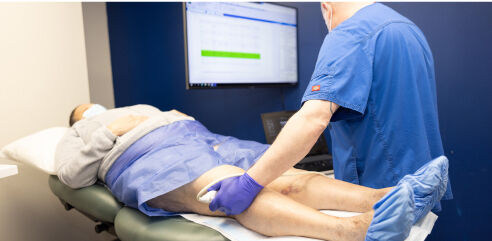 Vein Disease Treatments
Vein Disease Treatments
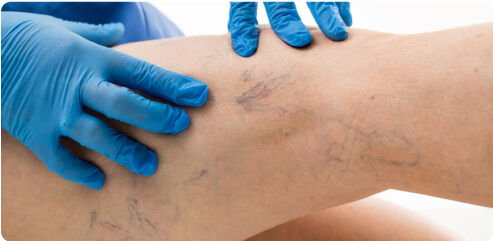 Treating Spider Veins
Treating Spider Veins
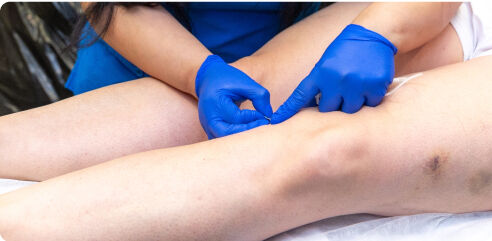 Treating Varicose Veins
Treating Varicose Veins
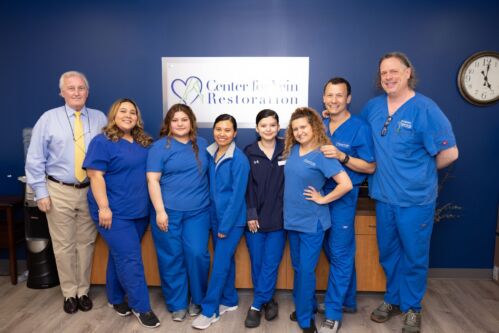 About Us
About Us
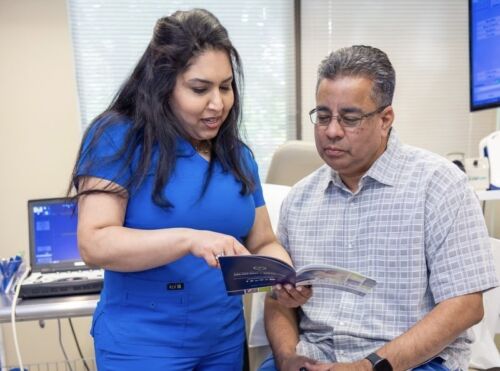 Patient Resources
Patient Resources
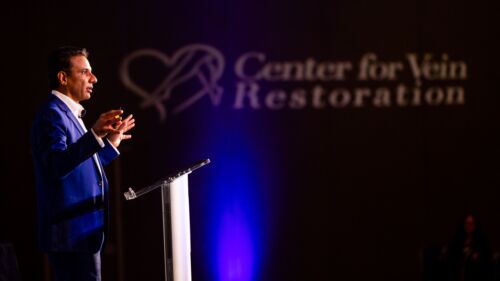 Physician Resources
Physician Resources
